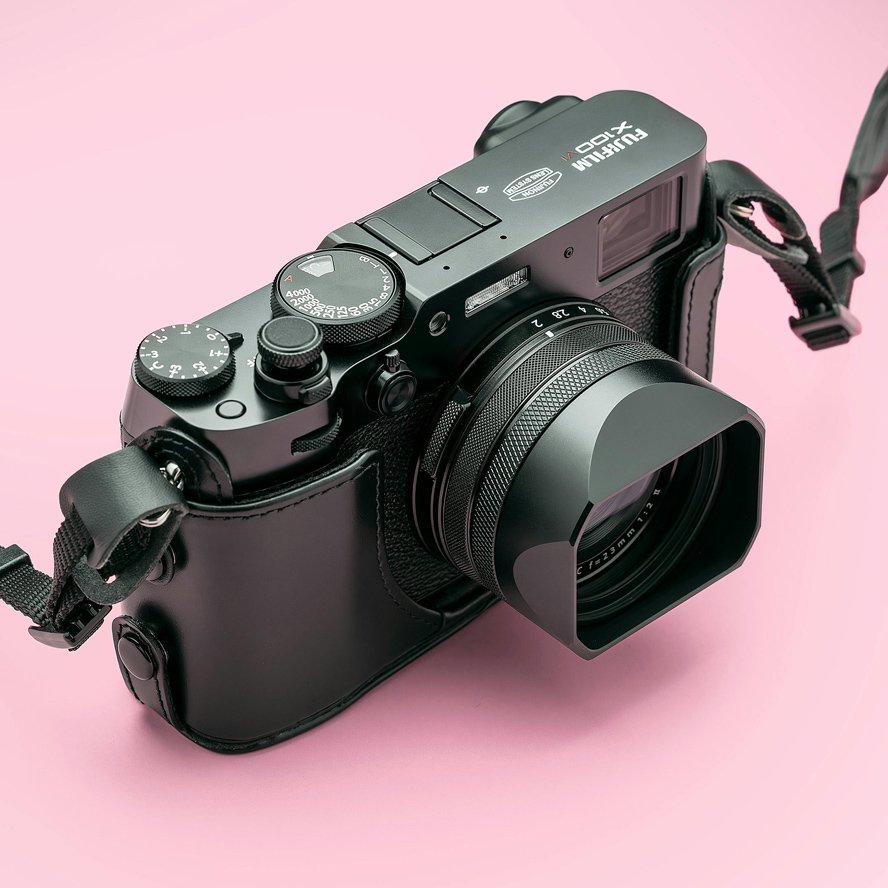Using Natural Light to Your Advantage in Photography
Even the most talented photographer will tell you that they use natural light to their advantage. That’s not to say you should step outside and start shooting pictures indiscriminately without any thought to lighting, time of day, and placement of the sun. Do that, and you'll immediately realize the challenges posed by Mother Nature's untamed light.
Where’s the Sun?
Too much sunlight can wash out the image and, unlike shooting with a flash, you can’t control the sun as your light source. Instead, you need to consider the sun’s placement. Most photographers agree that the ideal conditions for shooting without flash are on a bright day with no direct sun. (Ideal times for landscape photography tend to be just after sunrise and just before sunset to capture the most vibrant hues.)
- Is the sun directly overhead? That might sound ideal, but that can cast shadows onto your subject’s face.
- Is it an angle in front or behind your subject? If the sun is at an angle shining into your subject’s face, they’ll be inclined to shut their eyes, and that’s not good. And, as we've said, it can leave the image too washed out. If the sun is in back of your subject, you’ll need to compensate for shadows. More on that later.
Let’s break down a few possible scenarios so that you can better exploit natural light.
Shooting in the Shade:
If you are shooting on a sunny day, one solution is to move your subject into the shade. (Be careful with a dappled shade like under a tree because you could end up with a speckled light on your subject. )
Once under the shade, how you position your subject's face relative to your light source can influence how your photos turn out. Whenever possible, angle your subject so that the light shines at them from in front rather than behind them. Ideally, cast the light slightly to the side of the subject at about 30 to 45-degrees rather than straight at them.
If the only way to position your subject is with light behind them, you will probably need to use a flash or a reflector to reflect and redirect light toward their face or the image will turn out too dark.
TIP: One trick is to look through your camera at your subject’s face. If you see the light reflected in their eyes, you’re good to go. If not, pull out the flash.
Shooting Indoors:
Sometimes you don’t have a choice but to shoot indoors where lighting is compromised. Here again, you can try to exploit whatever light you have to your advantage. Low light doesn’t have to result in poor-quality photographs. Just move your subject next to a window to best capture the light. The light can help sculpt your subject’s face in a way that adds drama and interest. Try to create the same 30 to 45-degree angle of light to the subject just as if you were shooting outside in the shade.
Natural Light:
Whether you’re shooting indoors or outdoors, you should maximize the natural light to create better and more exciting portraits. The critical points to keep in mind are the direction as well as the position of light source, strength of light, and amount of shadow if any.
Learning to work with light can take some practice, but with time you’ll be able to assess better and maximize the potential offered by natural light in photography.












